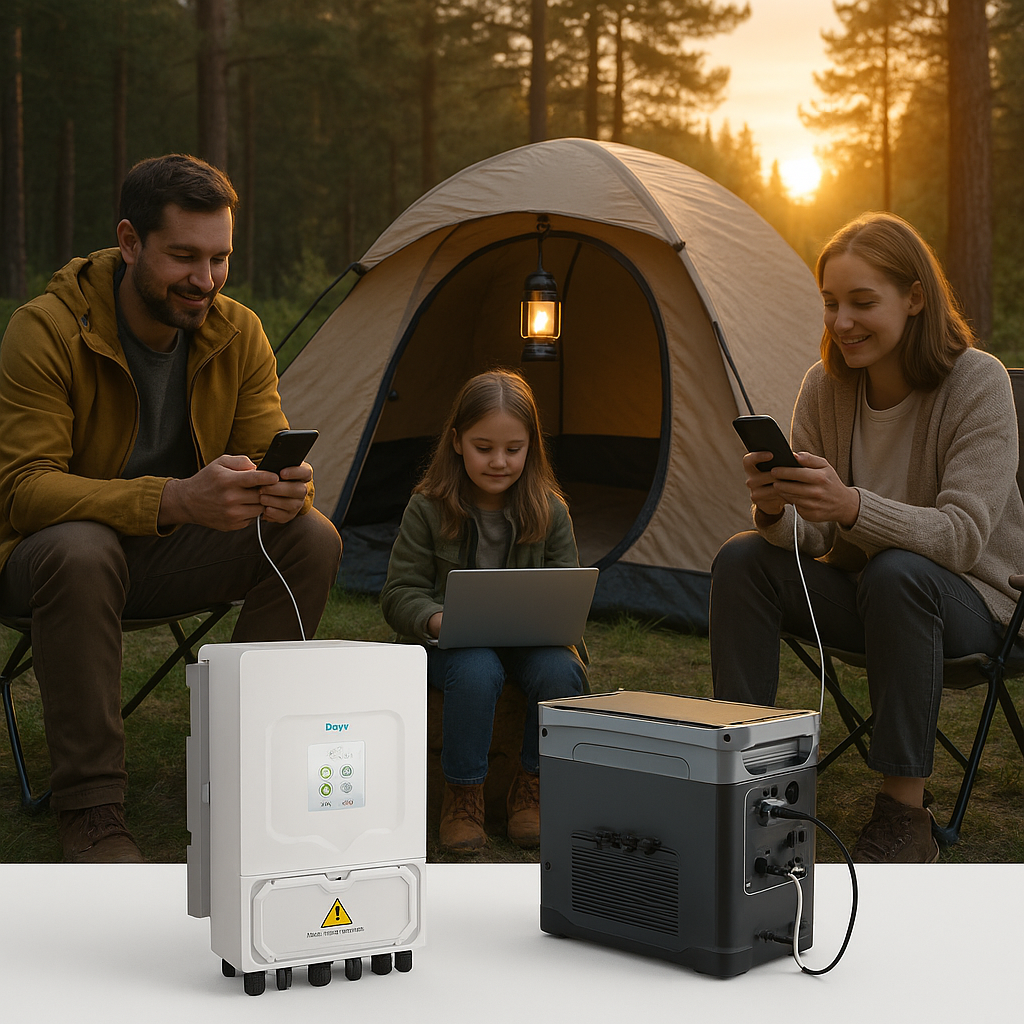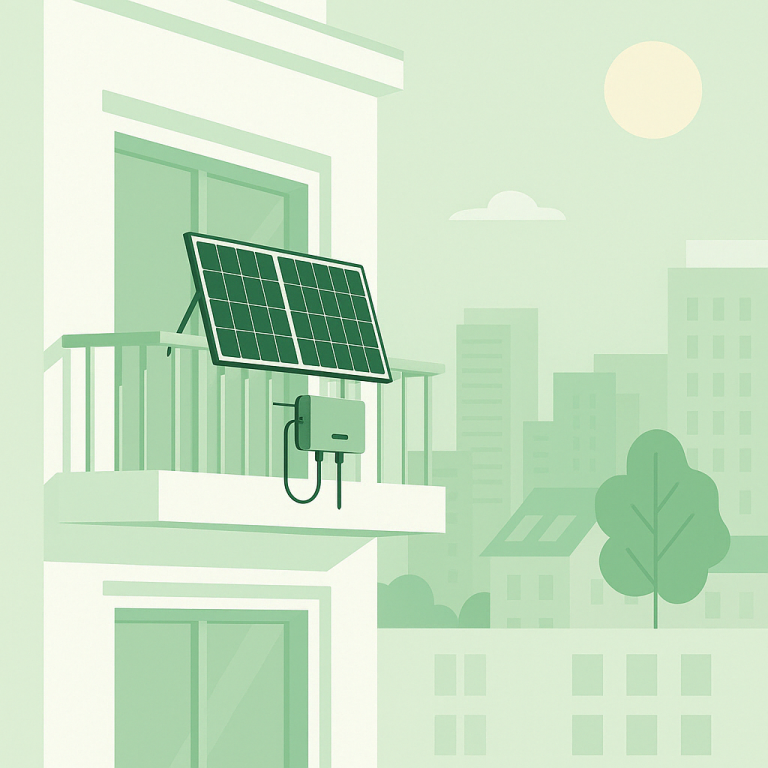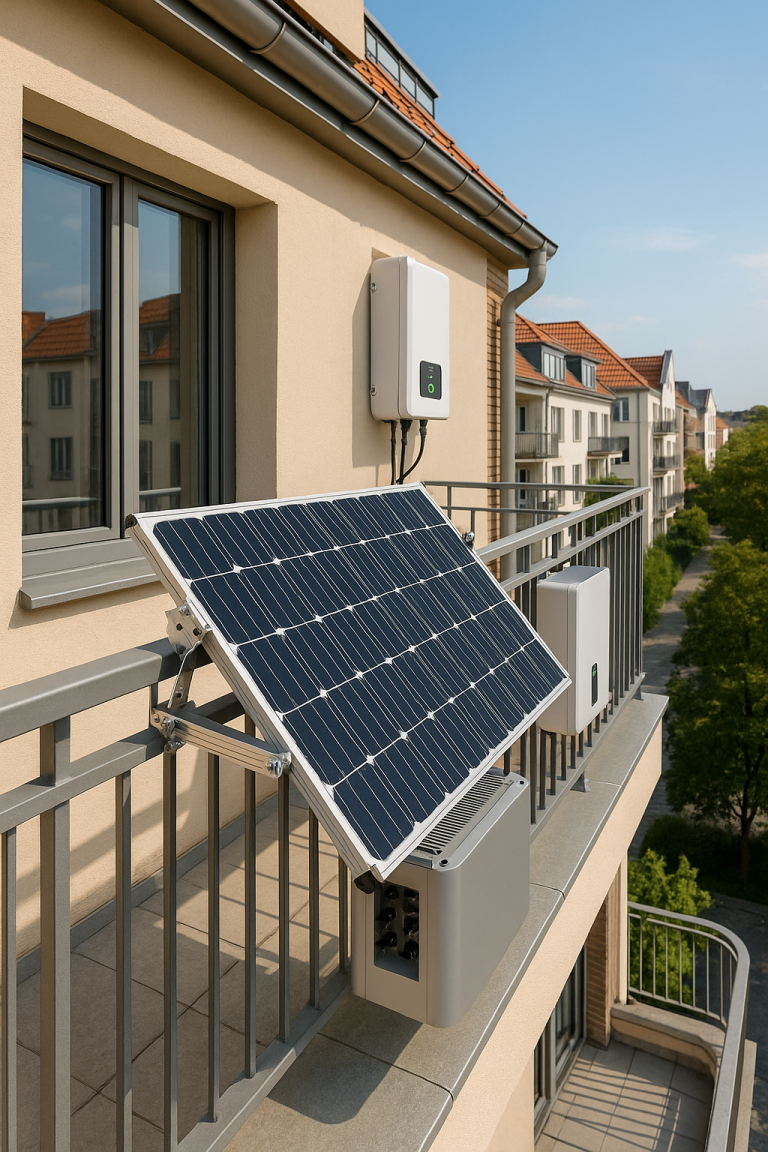1. Introduction: Why Portable Power Stations Are Essential in 2025
As energy demands increase and climate unpredictability rises, portable power stations have become a crucial part of everyday life — not just for campers and van lifers, but also for families preparing for blackouts or remote work setups in nature. In Europe especially, with its growing off-grid travel culture and increasing power outages, consumers are seeking mobile, sustainable, and reliable energy solutions.
This guide helps you choose the right portable power station based on your real-world needs, whether it’s outdoor recreation, mobile workstations, or emergency preparedness.
2. What Is a Portable Power Station?
A portable power station is a compact, rechargeable battery system that supplies AC and DC power. It typically includes:
- A LiFePO₄ or lithium-ion battery
- Multiple outputs (AC, USB-A/C, car socket)
- An inverter
- A solar charging input (for eco-friendly charging)
- LCD screens or mobile apps for real-time monitoring
Portable power stations differ from fuel generators because they:
- Are silent and emission-free
- Can be charged via solar panels
- Are legal for indoor and tent use
- Do not require fuel or engine maintenance
3. Use Cases: Where and Why You Need One
✅ Outdoor Camping & Van Life
Power lights, phones, fans, and cooking gear during nights in the forest or mountains.
✅ Emergency Backup
Stay powered during blackouts or natural disasters (storm, flood, grid failure) with enough charge for essentials like Wi-Fi routers, laptops, fridges, and lighting.
✅ Remote Work
Work from anywhere — beaches, cabins, forests — with enough clean energy to run laptops, monitors, routers, and cameras.
✅ Power for Tools or Events
From photographers needing location power to small outdoor pop-ups, portable power stations are flexible for powering devices and tools.
4. Key Factors to Consider Before Buying
? Battery Type: LiFePO₄ vs Lithium-Ion
- LiFePO₄ (Lithium Iron Phosphate) is safer, longer-lasting (up to 3500 cycles), more heat-resistant — ideal for regular use.
- Traditional Lithium-Ion may offer higher energy density but has shorter life and more safety considerations.
?External link recommendation: • LiFePO4 Battery Technology Overview – Battery University
⚡ Power Output (Wattage)
Match wattage to your equipment:
- 300W–500W: phones, lights, routers, cameras
- 500W–1000W: laptops, fans, projectors, CPAPs
- 1000W–2000W: portable fridges, cookers, emergency heaters
Be sure to check:
- Peak output
- Continuous power output
- Simultaneous port use
⏱️ Battery Capacity (Wh/kWh)
Estimate total watt-hours needed per day:
- 500Wh for light usage (phones, lights)
- 1000Wh+ for full-day moderate usage (laptop, router, lighting)
- 2000Wh+ for family or extended stays
? Port Variety & Inverter Quality
Choose a unit with:
- Multiple USB-A, USB-C (PD 60W+), AC outlets, and car sockets
- Pure sine wave inverter for sensitive electronics like laptops or medical devices
☀️ Recharge Options
- Solar (with MPPT controller)
- AC wall socket
- Car charger
Recharge time affects usability. Look for fast-charging options (0–80% in <2 hours is ideal).
5. Best Features for Outdoor & Emergency Use in Europe
| Feature | Why It Matters |
|---|---|
| IP Rating | Dustproof and waterproof for outdoor conditions |
| Low-temperature charge | Essential for colder climates in Northern Europe |
| Silent operation | For use in campsites, tents, or homes at night |
| App/Bluetooth Control | Convenient for managing while inside tent/cabin |
| Stackable Design | Some units allow parallel stacking for higher output |
6. Portability & Form Factor
If you’re hiking or backpacking, prioritize:
- Weight <10kg
- Foldable solar panels
- Integrated handle or wheels
For vehicles or cabins:
- Weight up to 30kg OK
- Larger capacity >1500Wh
- Expandable battery packs
7. Pricing & ROI: Is It Worth It?
Depending on size and features:
- 500Wh models: €300–€600
- 1000Wh models: €700–€1200
- 2000Wh+: €1500+
TIP: Calculate cost per Wh, and weigh against power outage risks or campsite rental power costs.
? Internal link recommendation:
8. Conclusion: Reliable Energy, Anywhere
A portable power station is no longer a luxury — it’s a vital energy solution for modern European lifestyles, whether in a camper van, tent, cabin, or in the face of a blackout. By choosing the right type (LiFePO₄ recommended), capacity, port layout, and recharge method, you’ll stay powered up safely and sustainably.
Make sure your power source travels with you — and is ready when you need it most.




